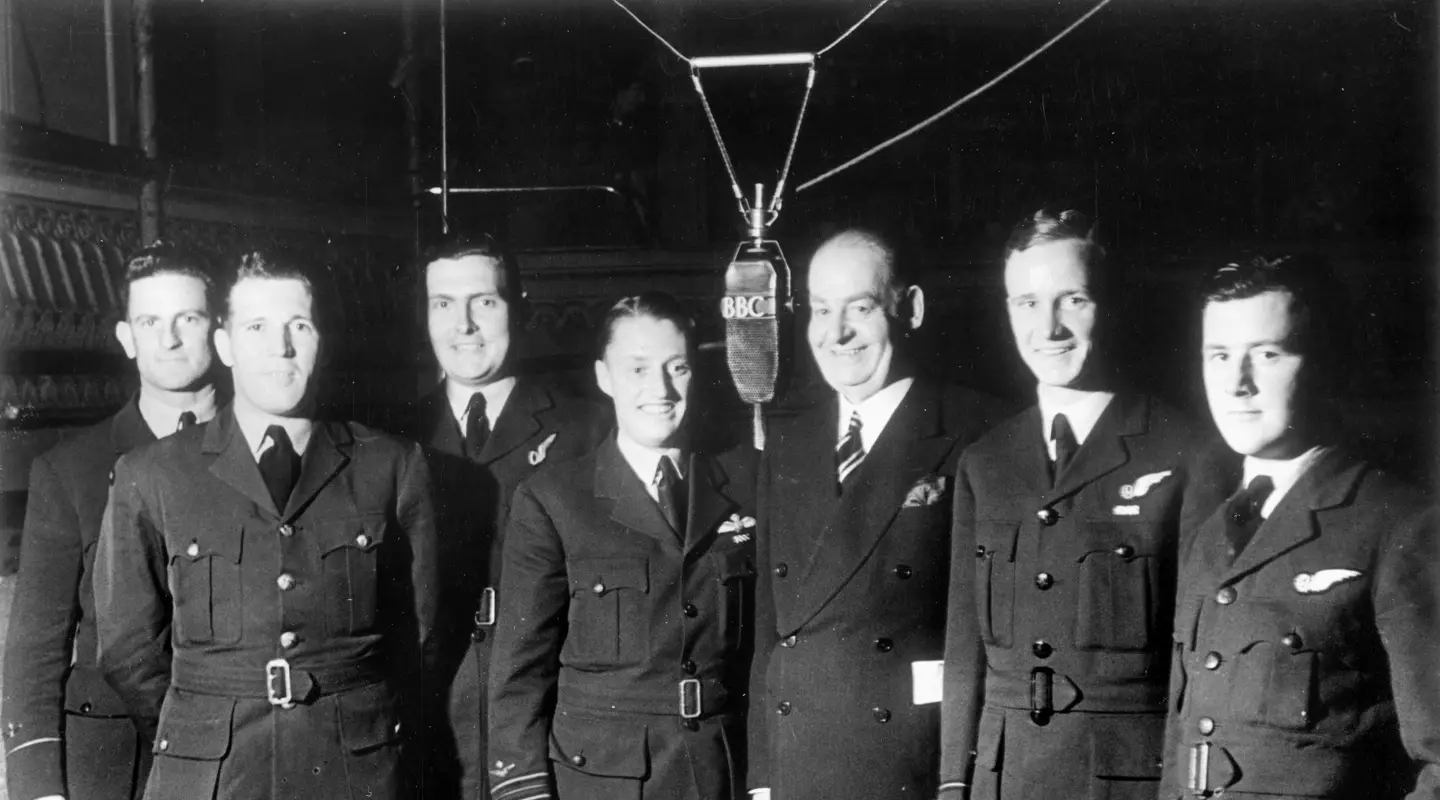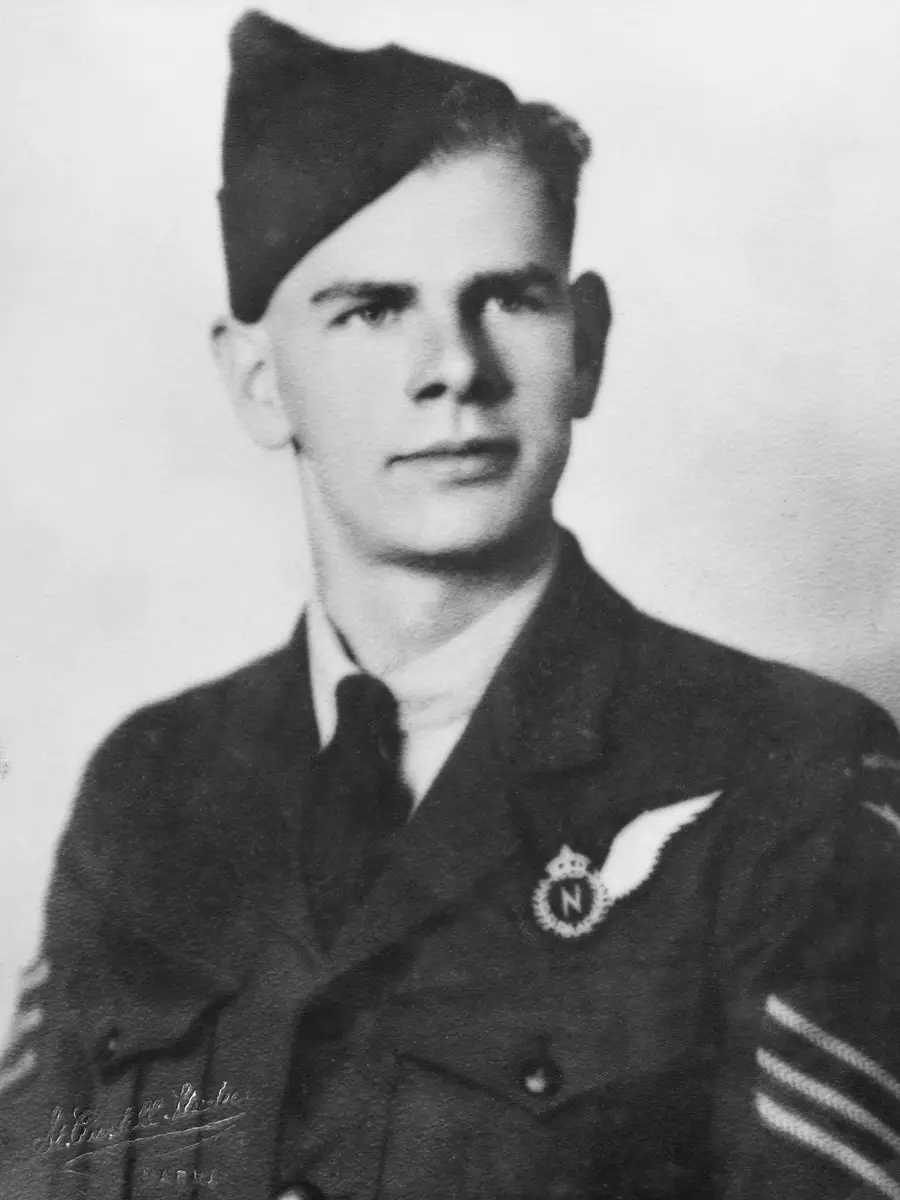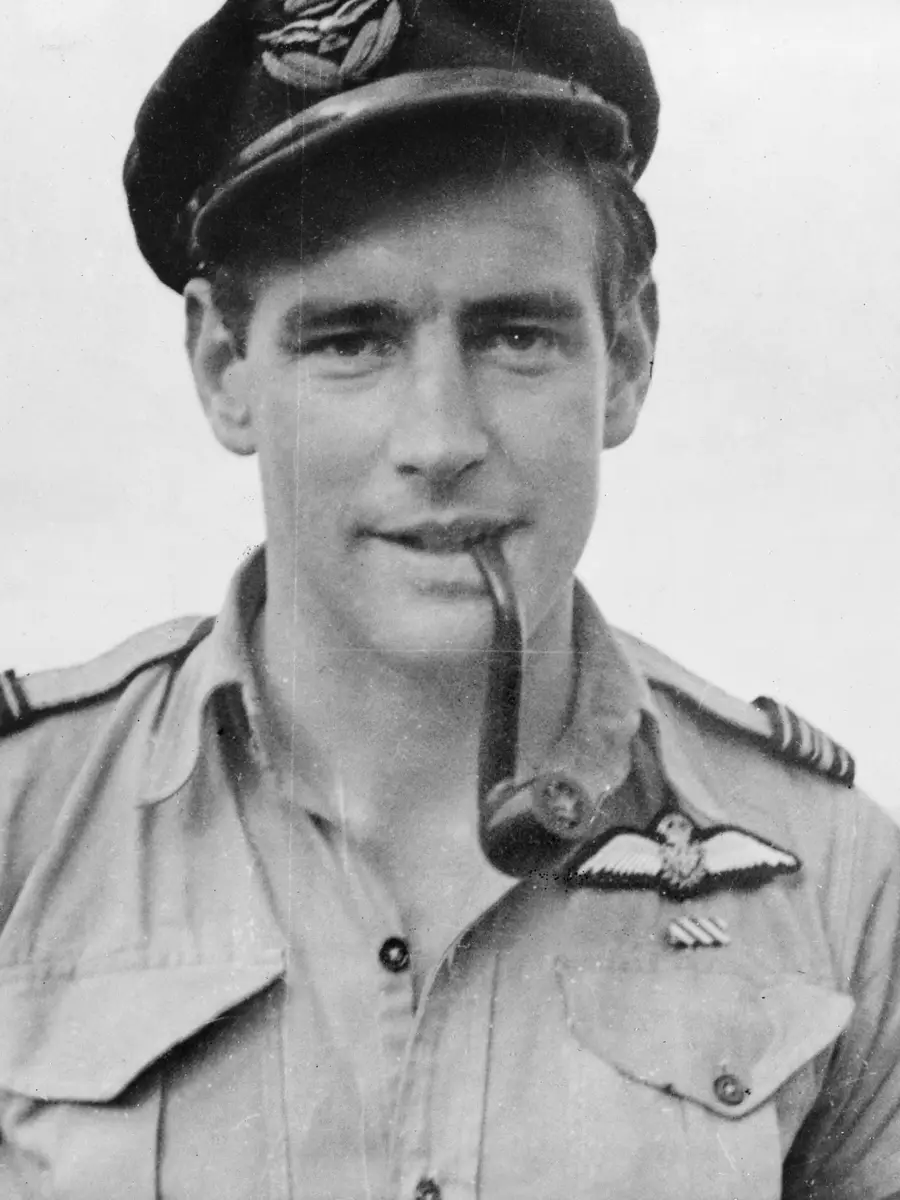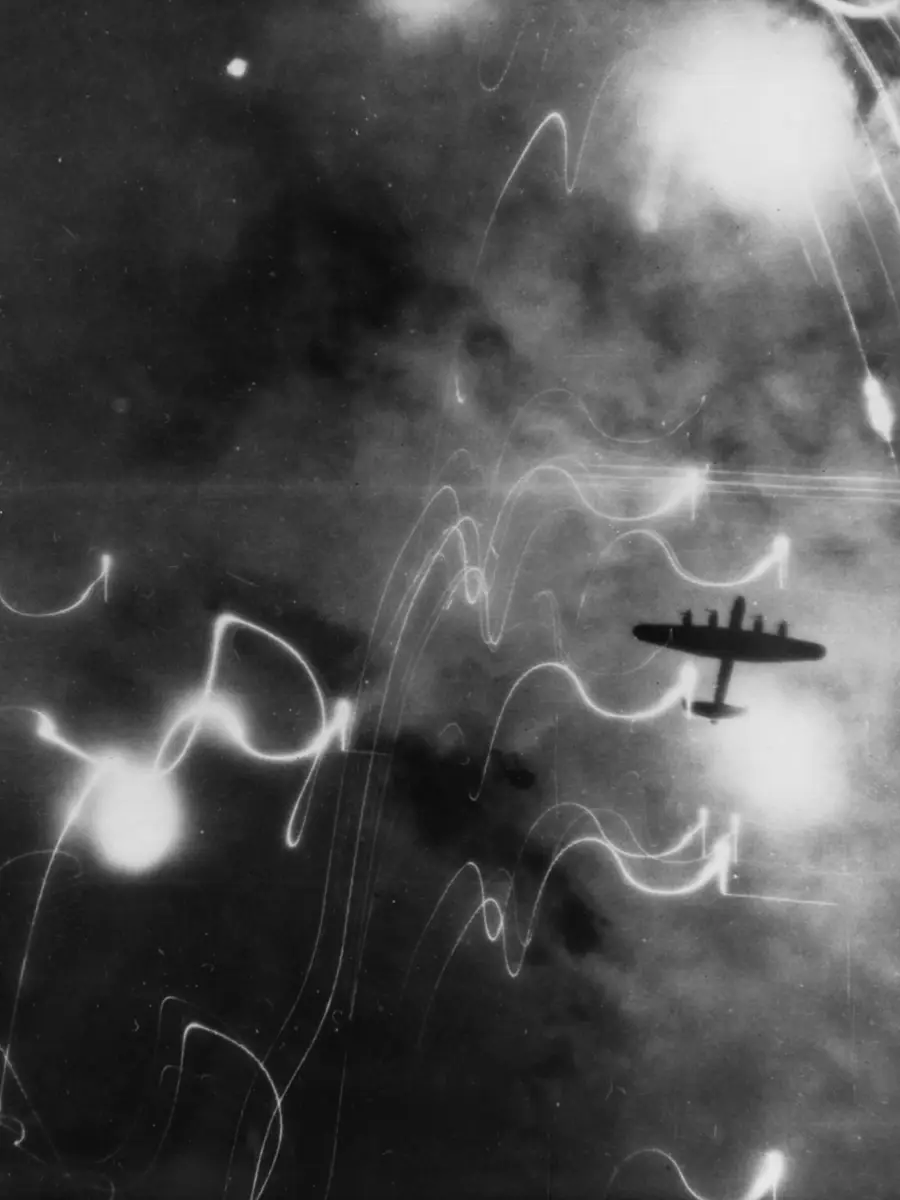The Great Escape, the largest Allied prisoner of war breakout of the Second World War.
In March 1944, 76 Allied airmen dared to escape from the Nazi prisoner of war camp, Stalag Luft III.
Historian Dr Kristen Alexander shares insight into this extraordinary event, highlighting the actions and legacy of intrepid Australian serviceman, Squadron Leader James Catanach, No. 455 Squadron, who dared to escape the camp.
The Great Escape was one of the Second World Wars largest POW breakouts – and it had the most tragic consequences.
The plan was for up to 200 prisoners of war to break out of Stalag Luft III, through a tunnel they nicknamed ‘Harry’.
There were originally three tunnels and ‘Harry’ was the main tunnel that they concentrated on.
On the evening of the 24th March 1944, the men lined up into Hut 104 and, in order, made their way through the tunnel, dashed to the tree lines and then made their way off.
They knew that there would be a massive manhunt launched.
Seventy-six escaped, three made it back to England, but fifty POWs were callously executed on Hitler’s order, including five Australians.
James ‘Jimmy’ Catanach was a superb pilot. He was awarded the Distinguished Flying Cross for sterling service, carrying out dangerous operations deep into enemy territory.
He and his escape partners, they walked to the railway station, caught the train to Berlin and then a connection to just short of the Danish border.
Jimmy and a New Zealander were captured and they were shot.
The story of all those killed in the Great Escape are noteworthy. Jimmy’s death deeply affected his Squadron, his many friends and especially his family. He was greatly admired. He was much loved.
The horror of his murder resonates still.



